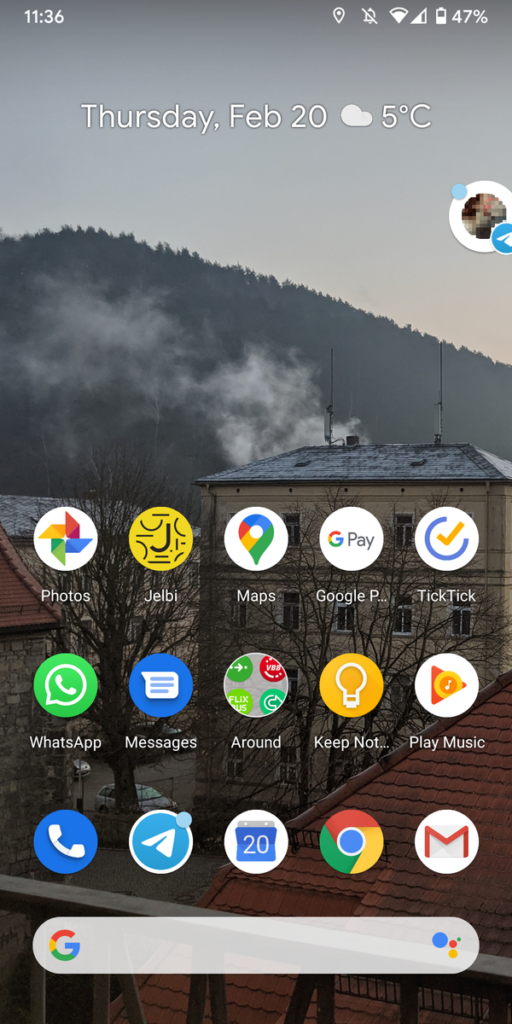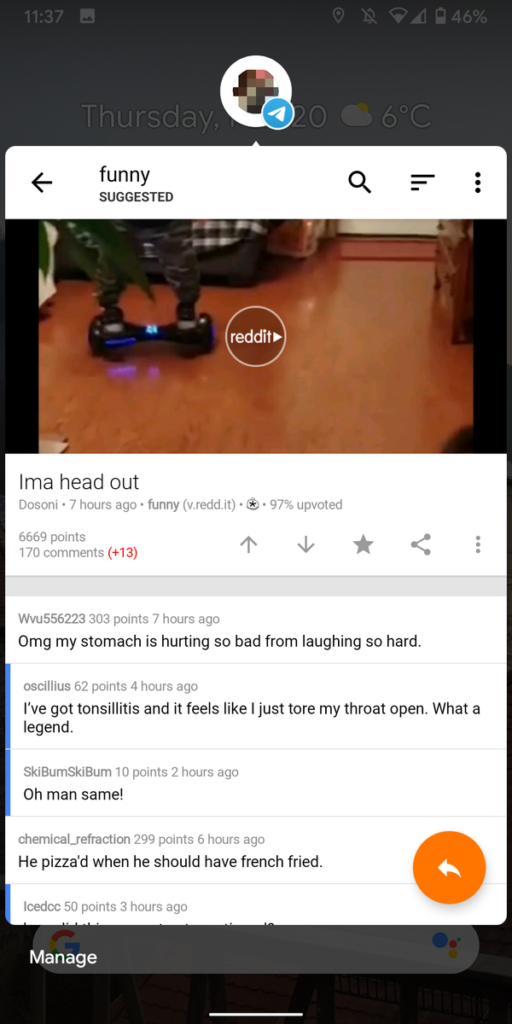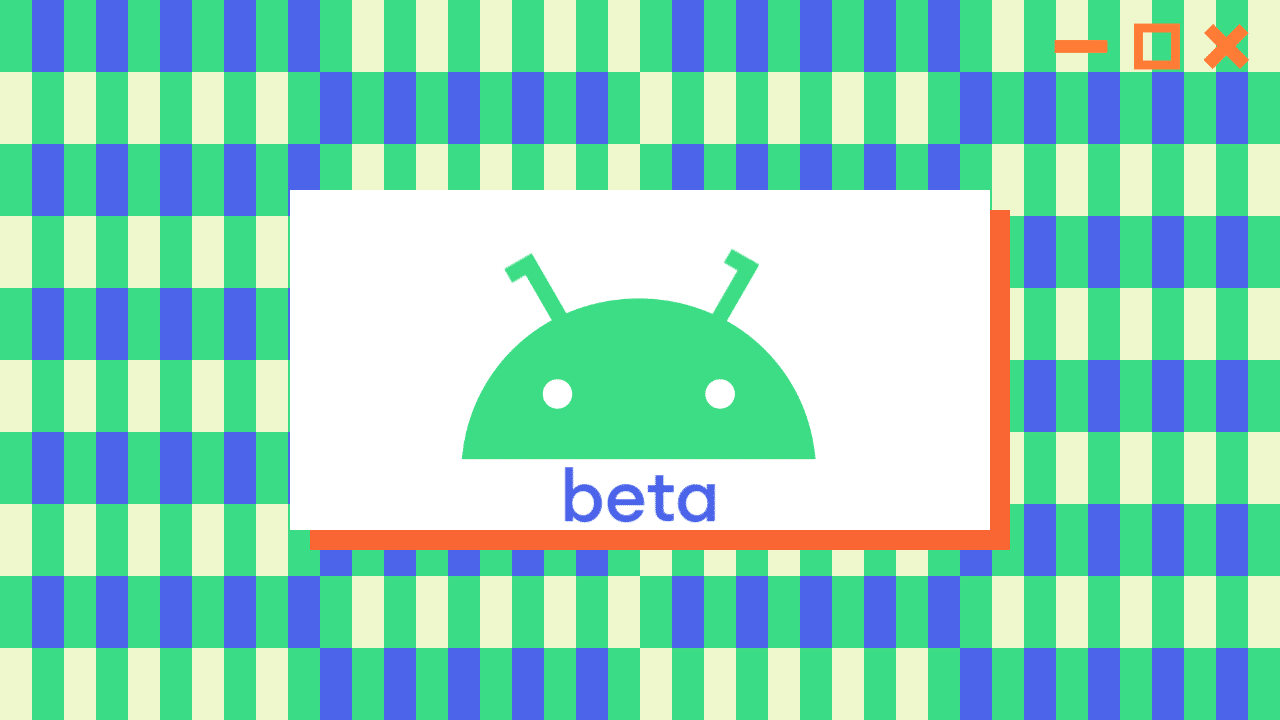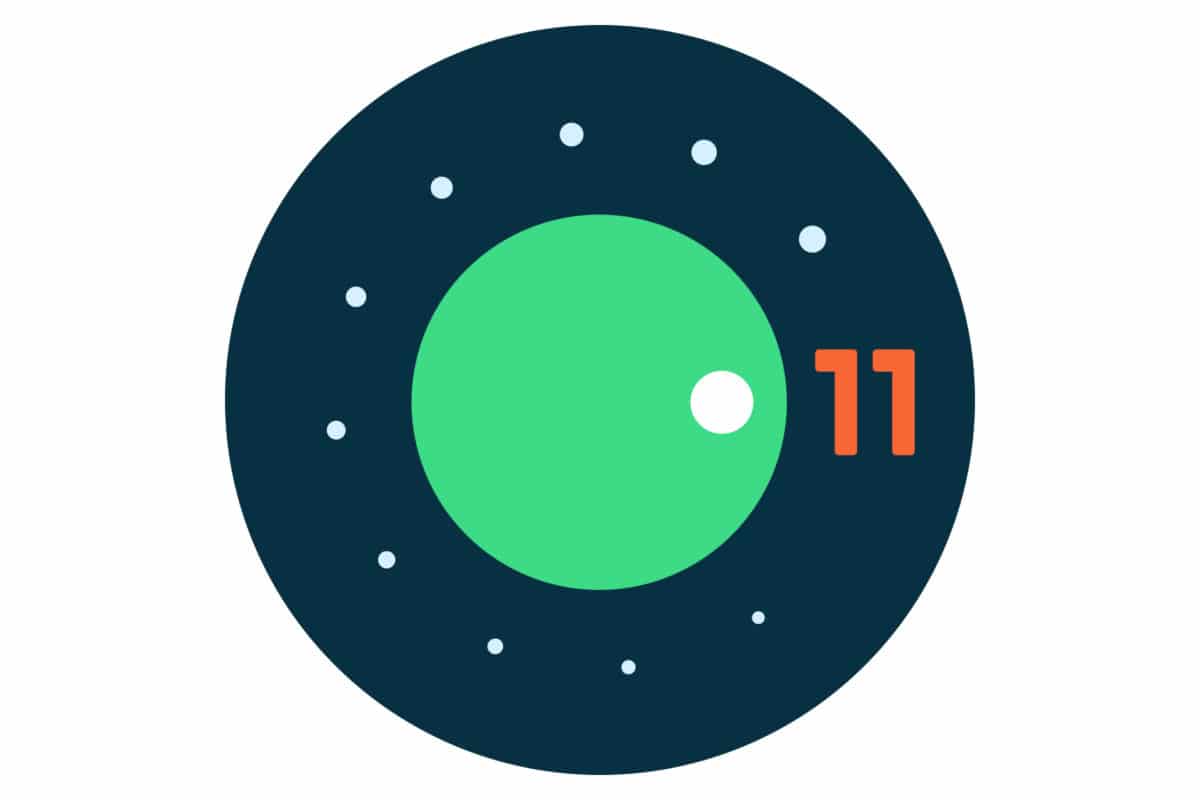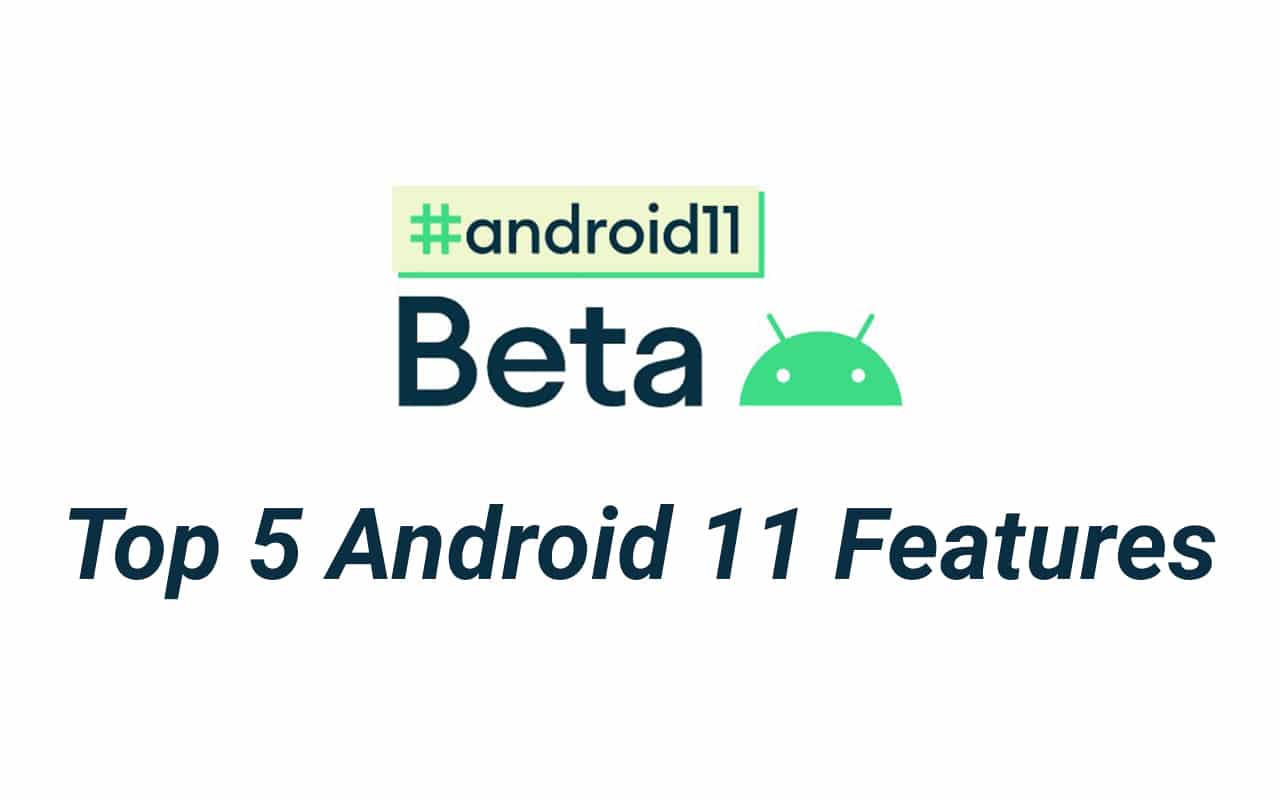
Google usually releases a preview build of Android in the first half of every year to offer us an early look at things that it has been working. This year, the internet search giant unexpectedly released a really early preview of Android 11 last week. It is the earliest that Google has ever released a developer preview. We’ve had a chance to explore Android 11 and some of its interesting features.
Unlike last year, Android 11 doesn’t offer as many user-facing features and UI changes. However, there are still some features such as messaging bubbles, new notifications center, an option to pin apps at the top of the share sheet, and more. Let us have a look at some of the important features that we found in Android 11.
The Best Android 11 Features
1. Airplane Mode Doesn’t Disconnect Bluetooth
This feature was being demanded by users for a long time. Just like iOS, Android 11 will not disconnect Bluetooth connections when the AirPlane mode is activated. For example, if your flight takes off, and you are listening to music via Bluetooth earphones, activating the AirPlane mode on your smartphone or tablet running Android 11 will not disconnect your wireless earphones. This means that you don’t need to manually re-enable Bluetooth and connect your earphones once again.

2. Audio Controls In Quick Settings Area
A few developers have also managed to find a hidden option within Android 11 and put the music control widget inside the quick setting toggles area. This way, you can easily access music playback controls no matter how many notifications you get. When this feature is activated, a small widget is placed beside quick setting toggles. However, it looks like it may or may not make it to the final version of Android 11.

3. Automated Dark Mode Toggle
While Dark Mode debuted with Android 10, it lacked automated enabling and disabling of the theme. You had to manually enable and disable it each time from the display settings or from the quick setting toggles. With Android 11, you can set it to schedule the Dark Mode from sunset to sunrise or according to your preferred timing.

4. Conversations Grouping
In the notifications shade, messages have a dedicated space. Notifications from all the messaging and email apps are grouped together in this dedicated sub-section.

5. Curved Screen Support
Samsung was the first brand to bring smartphones with curved screens, and now every brand is going it. While such screens look cool, they also create a problem with accidental touches. With Android 11, Google wants to make it easier for consumers to use curved screens without invoking accidental touches. The DisplayCutout feature can be used by brands and developers to limit the extreme edges of the screen from responding to touches. This also makes sure that there are no buttons or text content towards the edges of the screen.

6. Easier Way To Check Bluetooth Audio Codec Support
Although Android had the feature to change Bluetooth codec (SBC, AAC, aptX, aptX HD, and LDAC) from the Developer Options menu for quite some time, Google is making it easier to access. With Android 11, it will become easier to check which Bluetooth codecs are supported by your earphones. Unsupported codecs will appear greyed out. This feature is still hidden with the Developer Options menu.

7. Electronic IDs Support
Since people already store their identification proofs such as driver’s license, passport, and more. With Android 11, Google is trying to bring secure identification documents, complete with ISO’s official recommendations. It will have platform-wide support for storing IDs in electronic form in the secure enclave part of the phone. Google is also working on APIs and libraries that can help smartphone brands in making the feature compatible with their own secure enclave implementations. With Android 11, you can just show your government-issued IDs via your phone, without a need to carry physical copies.
8. Long Screenshot
Longer screenshots can be captured on devices running Android 11. After a screenshot is captured, there is an option to extend it, which gives you the ability to capture all the information on the screen that you want. While this feature isn’t completely active in the first developer preview, Android 11 will get the feature before the stable release.

9. Messaging Bubbles
Although this feature first debuted with Android 10’s developer builds, it was hidden and never made it to the public build. With Android 11, it is among the most prominent features. Messaging Bubbles are similar to Facebook Messenger’s chat heads. Messaging apps like stock Messages app, WhatsApp, Hangouts, Signal, and Telegram can use bubble-shaped elements floating on top of other apps, making it easier to view messages and reply to them.
10. Option To Display Screen Refresh Rate
Since various smartphones have launched over the past couple of years that support higher than 60Hz refresh rate, Google is bringing an option to see a phone’s display refresh rate. There will also be an option hidden within the Developer Options section to display screen refresh rate. This will be quite helpful to enthusiasts and developers.

11. Pin Apps To Share Sheet
If you use certain apps frequently to share images and files, you can pin those apps at the top of the share sheet in Android 11, which makes your workflow easier and shorter. This ability was present in the previous versions of Android a few years ago but was later removed. Now, it is coming back with Android 11.

12. Reorganized Do Not Disturb Menu
The Do Not Disturb menu has been reorganized for an easy-to-use experience. There are schedules, default durations, a restrict notifications feature, and an exceptions section. The exceptions section further classifies notifications into alarms, apps, and people.

13. Screen Recording
Although the screen recording feature was present in a few developer builds of Android 10 last year, it did not make it to the public release. With Android 11, there will be a native screen recorder built into the OS. While various brands have their own implementations of screen recorders, it is definitely better to have it designed by Google and built into Android. This new feature also comes with an option to mute notifications while the screen is being recorded.

14. Smart Home Controls & Wallet In Power Menu
The power button will be more helpful with Android 11. With the upcoming release of Google’s mobile operating system, users can quickly glance and access their credit, debit, loyalty, membership cards, travel tickets, and more by long-pressing the power menu. The user won’t have to leave the current app. Google is also working on letting third-party wallet apps access this feature.

The power menu might also be turned into an area where you can find controls to all your smart home and connected home products. We are not sure what Google will choose in the end to display in the power menu.
15. Splitting Notifications & Quick Setting Toggles
An experimental yet interesting feature of Android 11 is a hidden setting that lets notifications from being split up from quick setting toggles. Swiping down from the top-left part of the screen shows notifications and swiping down from the top-right part of the screen shows quick setting toggles. This is exactly how iOS handles notifications and control center. This feature might not make it to the final version of Android 11.
16. Temporary App Permissions
User privacy has been an area of focus for Android over the past few years, and Google has upped its game in terms of user privacy and data protection. With Android 10, Google introduced an option to deny background location information and restricted access to device IDs. With Android 11, it is offering temporary permissions.

Users can offer temporary access to the camera, location, microphone, and access will be removed when the app is closed. This is great for giving permission to apps like Truecaller that request SMS reading permission for things like one-time passwords, but such access isn’t necessary after the app has been set up. You can also block apps from repeatedly asking permission even after you’ve denied them.
For apps like file managers, Google will make exemptions to offer them system-wide file access. However, developers of those apps will have to get their apps certified by Google before making it to the Play Store. Other apps that need file system permission to store files will get access to scoped storage, a kind of sandbox environment that improves security.
So, these were some of the most important features that Google is trying to bring to smartphones and tablets with Android 11. The company has already released the first developer beta of the OS, and it will release three developer previews and three public betas in total before launching the final version. Which Android 11 features did you like? Let us know in the comments section below.
